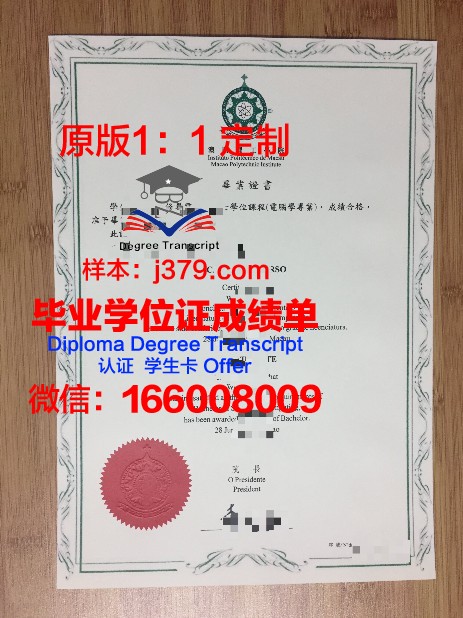翰林毕业证书图片:历史演变与特点
翰林毕业证书图片:历史演变与特点

翰林毕业证书,作为古代科举制度下的一种荣誉证书,见证了无数士子寒窗苦读的成果。从唐代开始,翰林毕业证书便伴随着科举制度的兴起而诞生,历经宋、元、明、清等朝代的演变,逐渐形成了独特的风格和特点。

earliest existing Hanlin graduation certificate dates back to the Tang Dynasty. The layout of the certificate is relatively simple, mainly consisting of the graduate's name, the name of the test, and the seal of the Imperial Academy. The Tang Dynasty certificate uses traditional calligraphy, with elegant and refined strokes, reflecting the cultural atmosphere of the time.
During the Song Dynasty, the design of Hanlin graduation certificates became more sophisticated. The certificate not only recorded the graduate's name and test results but also included the names of the examiners and the date of issue. The layout was more balanced, with beautiful calligraphy and intricate patterns, showcasing the artistic level of the time.
In the Yuan Dynasty, the Hanlin graduation certificate continued to evolve. The layout became more concise, focusing on the essential information. The calligraphy style shifted from the elegant and refined style of the Song Dynasty to a more robust and powerful one, reflecting the characteristics of the Yuan Dynasty.
During the Ming Dynasty, the Hanlin graduation certificate experienced significant changes. The layout became more complex, with multiple columns and rows of text. The certificate not only recorded the graduate's name, test results, and the names of examiners but also included the graduate's origin, age, and other personal information. The calligraphy style was a combination of regular script and running script, with an emphasis on beauty and elegance.
In the Qing Dynasty, the Hanlin graduation certificate reached its peak in terms of design and artistic level. The certificate featured a dragon and phoenix pattern in the background, symbolizing the graduate's noble status. The layout was well-organized, with beautiful calligraphy and elaborate decoration, reflecting the grandeur and solemnity of the Qing Dynasty.
The historical evolution of Hanlin graduation certificates presents several unique characteristics. First, the design and layout of the certificates have evolved over time, from simple to complex, reflecting the development of calligraphy and art during each dynasty. Second, the calligraphy styles on the certificates vary from dynasty to dynasty, showcasing the unique artistic styles and aesthetic tastes of each period. Third, the certificates contain a wealth of historical information, providing valuable references for studying the科举制度 and the cultural and educational systems of ancient China.
Hanlin graduation certificates are not only a symbol of academic achievement but also a carrier of historical and cultural heritage. They offer a glimpse into the evolution of Chinese calligraphy, art, and educational systems throughout the ages, making them an invaluable part of China's historical and cultural heritage.



